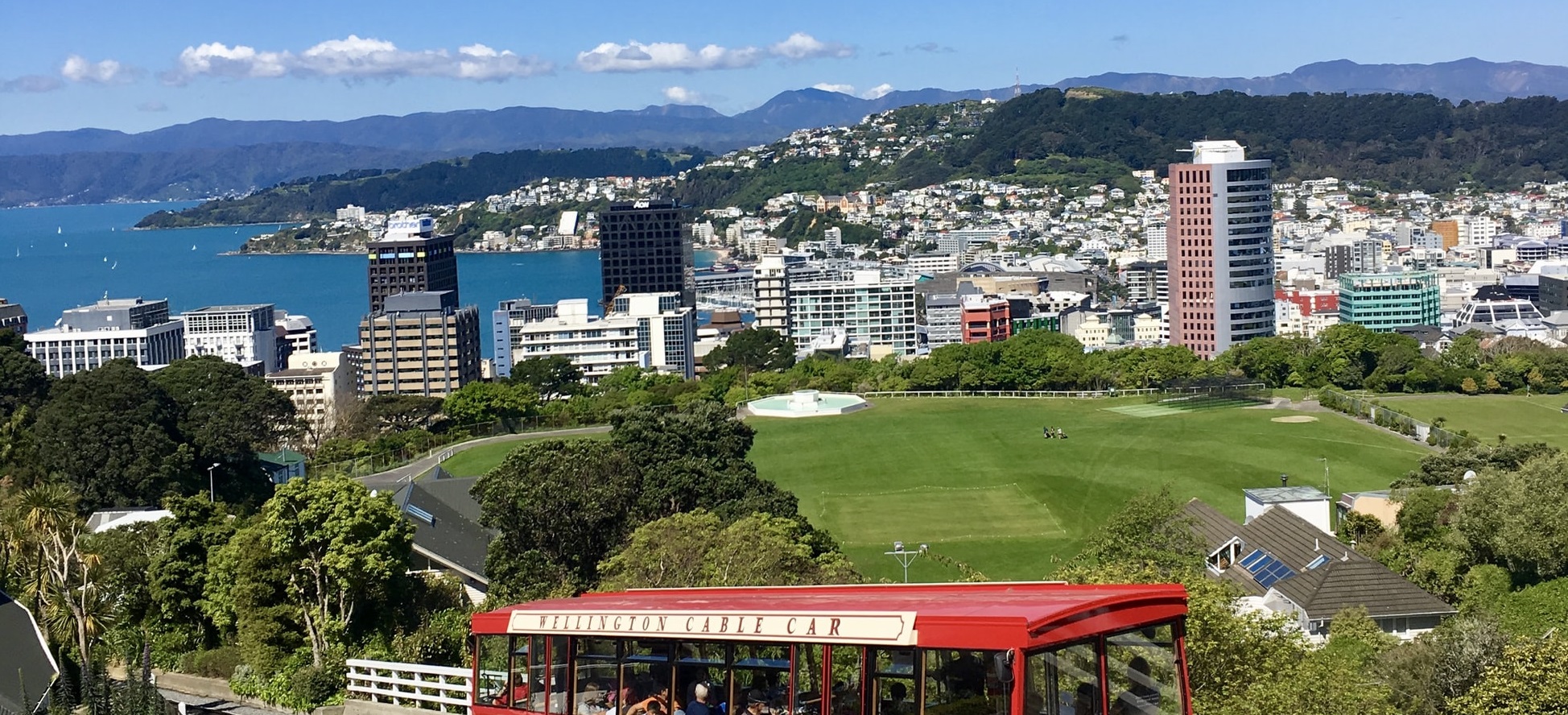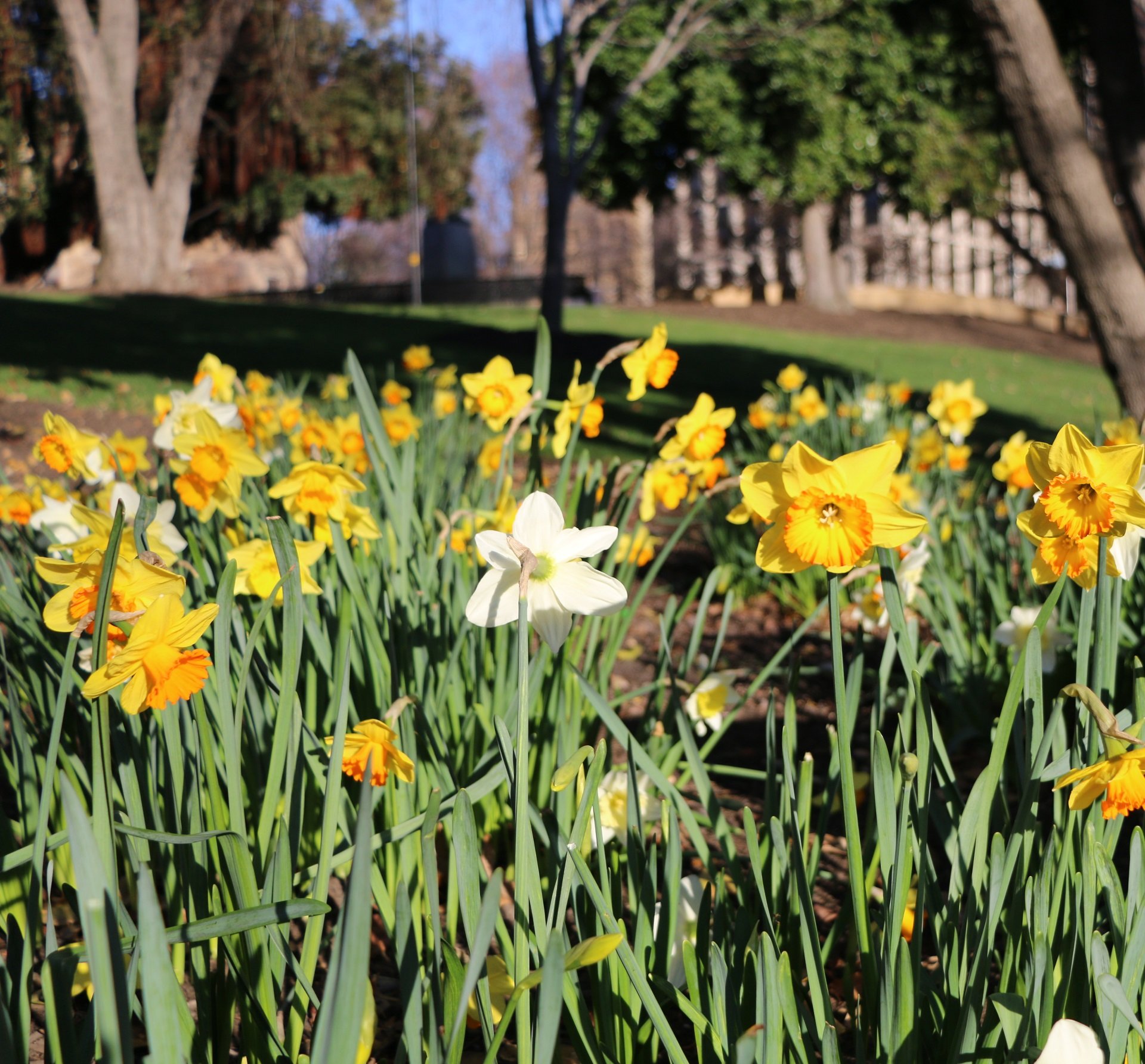
Established in 2014, Wellington Water is owned by the Hutt, Porirua, Upper Hutt and Wellington city councils. With a staff of just over 200, the organisation manages the drinking water, wastewater and stormwater services of the council owners.

Wellington Water has a network of Pressure Reducing Valves (PRVs) that reduce the pressure within its water network. Previously, these sites where being monitored manually every month, which meant if an issues arose it wasn’t identified immediately.
This could lead to real problems within the network, causing major breaks in pipe work affecting supply to domestic, commercial and industrial users.
ADR provided an innovative yet cost-effective solution that deployed IoT-based real-time clip-on sensors with pressure transducers to monitor and manage any major pressure fluctuations. These IoT clip-on devices were a fraction of the price of conventional monitoring.
Wellington Water have been able to increase their service levels to their customers by being able to detect issues before they become problematic.
These sensors monitor in real-time back to the server, allowing it to analyse the data and send alerts on an agreed alarm level. With this system Wellington Water are now able to proactively monitor their network and making use of innovative cost effective technology.
The result of a merger between Greater Wellington Regional Council’s water supply group and Capacity Infrastructure services, Wellington Water is owned by the Hutt, Porirua, Upper Hutt and Wellington city councils. With a staff of just over 200, the organisation manages the drinking water, wastewater and stormwater services of the council owners.
Wellington’s hilly topography causes pressure issues on the water network; the reservoirs are at the top of the hills, and they feed down into the networks. As the water descends, the pressure increases. This is dealt with by using Pressure Reducing Valves (PRVs), which reduce the pressure before it impacts on pipe work and properties.
Wellington Water had been making use of PRVs that were checked on a monthly basis. “We have close to 100 PRVs within the four Councils that are managed by Wellington Water,” explains Paul Winstanley, Utilities Planning Engineer. “They’re quite reliable, but everything has a shelf life. We check the PRVs every month and perform maintenance, but other than that we didn't know if there was a problem unless a resident called to say their water pressure had increased - this is something they don't usually do, because they prefer increased pressure.”
The decision was made to move away from the ‘ambulance at the bottom of the cliff’ solution, and look for one that could help Wellington Water become more proactive in their monitoring.
The ‘internet of things’ (IoT) allow other devices such as sensors, meters and probes to be communicated with. This gives businesses and people more control over their devices, as well as being able to receive richer, instant information. In areas like meter data collection for utilities IoT will be transformative.
Smart water meters are a form of IoT, a network of technologies which can monitor the status of physical objects, capture meaningful data, and communicate that data over a wireless network to a software application for analysis on an application in the cloud.
IoT networks can be deployed at a fraction of the cost of traditional sensor data gathering methods such as walk-by reading, or proprietary radio-based systems. The project is part of a growing trend in New Zealand.
“ADR were already on our radar,” Paul recalls. “We use their commercial meters, and they do some meter reading for us. We've had a good relationship with them for many years. We did look at other options, but the great thing about ADR's logger solution was how cost-effective it is. The technology's really good - reliable and consistent - and it's easy to use.”
The LoRa-based loggers meant that Wellington Water could reduce costs quite considerably and get the information they needed to monitor the PRVs.
The loggers enable Wellington Water to react immediately when an issue with a PRV is identified. It means less stress on the network, as well as reducing the chances of fractures occurring in the pipe work. “It's a proactive solution - not reactive,” says Paul. “It enables us to monitor our assets in real time - the alerts mean we can identify trouble quickly. We can provide residents with a faster response time if there's a problem, and we can identify any on-going issues, and work to resolve them before they become serious.”
Two specific examples of this are the Ngauranga and Bayview PRVs. “With Ngauranga, we picked up that the pressure was failing, and were able to get the resources there,” Paul recalls. “We discovered that the pipe was broken due to corrosion. We were able to isolate the problem quickly, and resolve it before it could do any damage and impact the public.”
The Bayview PRV is set for 50 meters of pressure - or 5-bar – and due to the loggers, Wellington Water discovered that between 1am and 3am in the morning, it was creeping over 6-bar. “The logger showed us that the asset was failing, and we were able to solve the problem by replacing the PRV,” says Paul. “If it hadn't been for that, we would only have known about the issue once it became a problem.”
Paul says that one of the key benefits of the ADR solution is how cost-effective it is. “They’re probably a 5th of the price of other options,” he says. “That's because we'd have to establish a power supply, cabinets, switchboards, communications and radios. That really adds to the cost. Compare that to the cost of installing a remote logger, and there's a significant difference. So we're saving money, but we're keeping our specifications at the same level while improving our service to residents. It's really innovative technology.”
There are currently about 20 loggers in use. Looking ahead, Paul says that there are definite plans to increase that number as funding becomes available.
Paul goes on to say that Wellington Water’s continuing relationship with ADR is highly valued. “They’re fantastic to work with,” he says. “They're always on hand to help and they bring ideas to the table. They're proactive in their attitude, especially when they're faced with urgent challenges. They've helped us out so many times in the past, and they're very organised. They take the stress away from finding resources to manage projects - they take it on board with very little cost to us.”

“Our level of service to residents has grown, because we'll be alerted to any issues before the network fails completely. It's really innovative technology.”
Paul Winstanley
Utilities Planning Engineer
Phone: +64 4916 6200
Physical Address:
137 Thorndon Quay, Thorndon, Wellington 6011
PO Box Address:
PO Box 3749, Wellington, Wellington 6140
Copyright © 2023 Arthur D. Riley and Company Limited. All Rights Reserved.